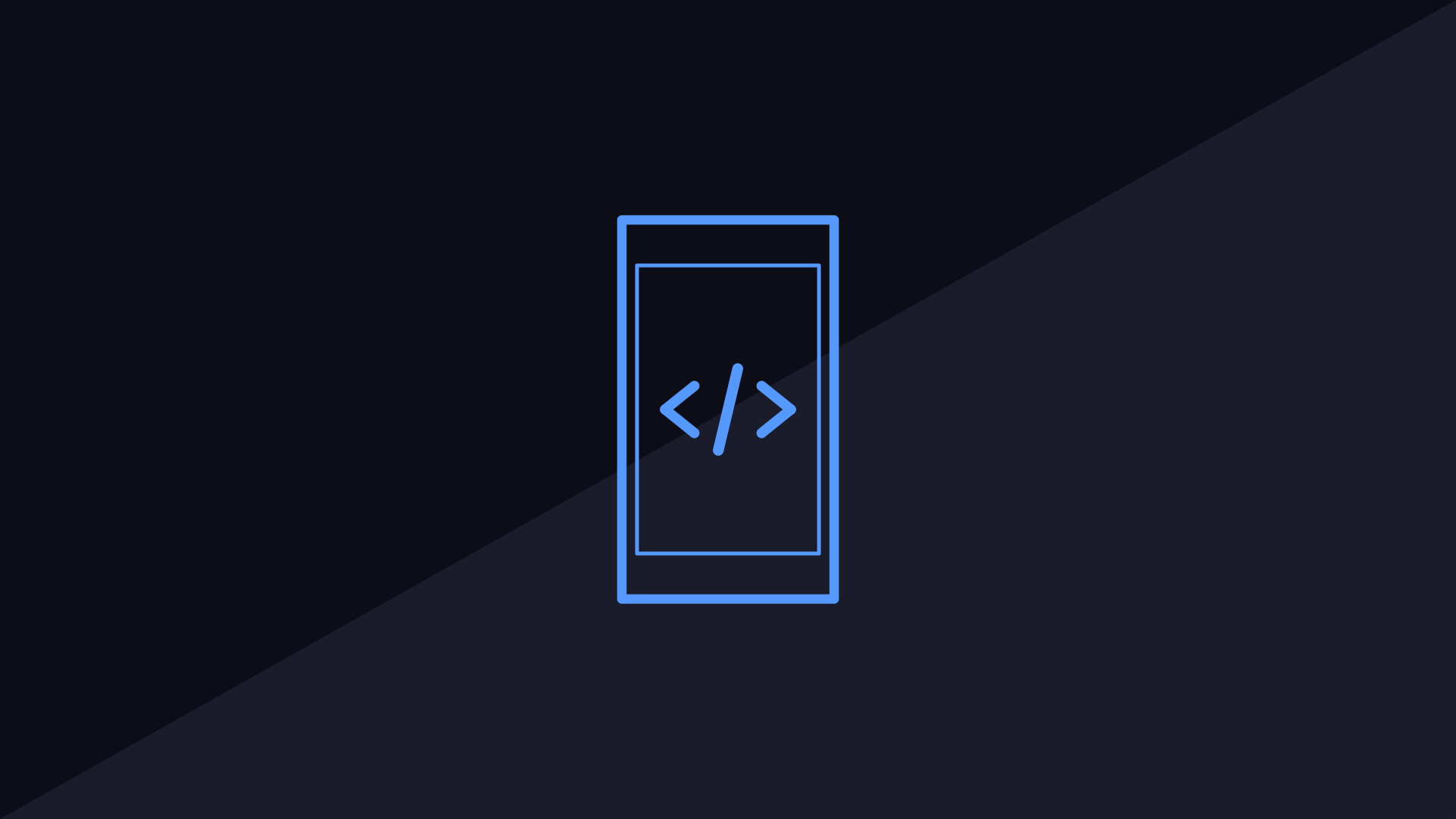
#Android ndk r14bx86 how to
The following example shows how to define a sysroot for a build targeting Android 5.

Native APIs for the respective Android API levels reside under $NDK/platforms/ each API-level directory, in turn, contains subdirectories for the various CPUs and architectures. To define the sysroot, you must must know the Android API level you want to target for native support available native APIs vary by Android API level. The next thing you need to do is define your sysroot (A sysroot is a directory containing the system headers and libraries for your target). APP_ABI settings for different instruction sets. Each architecture corresponds to a different toolchain name, as Table 1 shows. You can use the toolchains provided with the Android NDK independently.īefore anything else, you need to decide which processing architecture your standalone toolchain is going to target. We are all set and the compiled executable is installed under $PROJECT/libs/ now. Compile thumb : foo libs/armeabi-v7a/foo We can also place it under a sub-directory of the top-level $NDK/apps/ directory.Įxample of using ndk-build, an Android.mk and an Application.mk with BUILD_EXECUTABLE: The Application.mk also usually resides under $PROJECT/jni/. The Android.mk must resides in a subdirectory of your project’s $PROJECT/jni/ directory, and describes your sources and shared libraries to the build system. It can also override project-wide settings for specific modules. The Android.mk file is useful for defining project-wide settings that Application.mk, the build system, and your environment variables leave undefined. The Android.mk and the Application.mk files are really tiny GNU makefile fragments that the build system parses once or more. Use the ndk-build and an Android.mk with BUILD_EXECUTABLE Some of the examples are borrowed from there for the summary purpose. Note: While writing this article, I found the official guide from Andriod was very nice and easy to read. I have used Android NDK to compile shared libraries for Android, so I would like to summary the possible ways to compile an Android executable using Android NDK. Android Studio installs all versions of the NDK in the android-sdk /ndk/ directory. Select the NDK (Side by side) checkbox and the checkboxes below it that correspond to the NDK versions you want to install. Select the Show Package Details checkbox.
#Android ndk r14bx86 install
Since I have Android NDK installed on my Mac, I thought it would be nice if I can make good use of that. How do I find my ndk version Install a specific version of the NDK.
#Android ndk r14bx86 mac os x
Today I was asked to help compile an Android executable from C source file on Mac OS X platform.

By default the Android SDK location is stored at “ /Users//Library/Android/sdk” or at “/Library/Android/sdk/”.Three Ways to Use Android NDK Cross Compiler The location of the folder is located in the text box near the top that says “Android SDK Location”. If that directory is already in your path, you should only have to type ndk-build. The $ANDROID_NDK in the instructions is a placeholder meant to be replaced with the path to your NDK directory. You can find the path to your SDK and NDK, which is in the same directory. Open your Android Studio Preference (or “File->Settings”) > Appearance & Behavior > System Settings > Android SDK. What should Android_sdk_root be set to? Where can I find android NDK?.



 0 kommentar(er)
0 kommentar(er)
